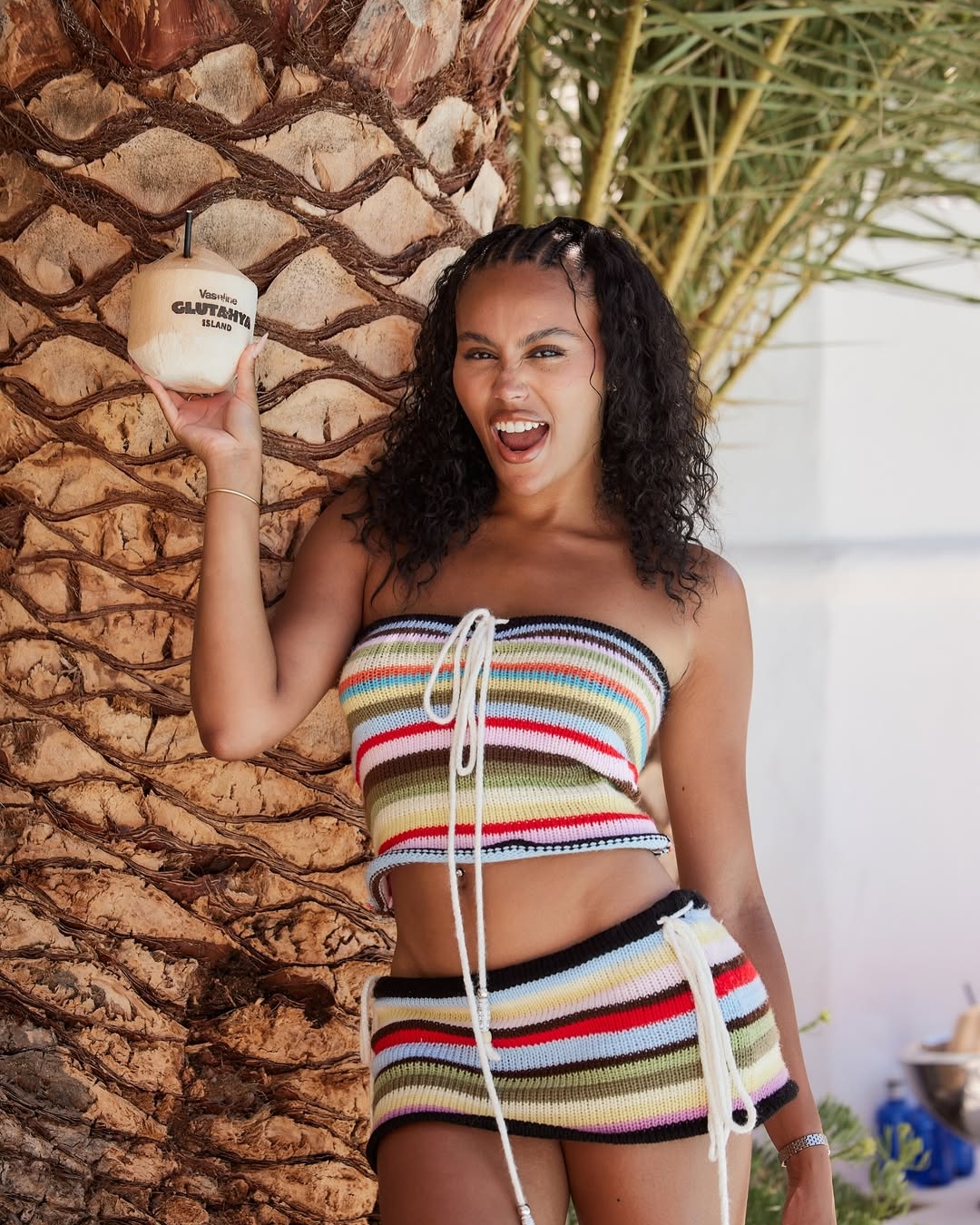For an industry steeped in creativity, storytelling, and the magic of experience, this resurgence of live events speaks volumes. Brands, long confined to the confines of pixels and screens, are once again recognising the irreplaceable value of face-to-face engagement. While digital platforms continue to be an integral part of any modern marketing plan, fashion houses are increasingly drawn to the unique connection and sensory impact that only a live event can offer. The fashion show, the store opening, or the exclusive product launch—these moments create a lasting impression that no amount of social media advertising can replicate.
The survey further underscores this shift away from the purely digital realm by noting the increasing investments in traditional media formats. Print media, including advertisements in magazines and newspapers, ranked second, with 39% of brands directing resources towards this classic form of outreach. Close behind, direct mail—one of the oldest methods in the marketing playbook—attracted 37% of respondents. In an age of digital saturation, these findings suggest that brands are revisiting tactile, sensory forms of communication, leaning into a nostalgic yearning for the printed page and the curated, personal touch of a well-designed mailer.
What’s particularly striking, however, is the clear rejection of out-of-home (OOH) advertising. Despite its longstanding presence in the fashion industry—from high-traffic billboards to subway ads—OOH did not feature as a priority for the surveyed brands. This absence may signal a recognition that consumers, while increasingly craving authentic experiences, are no longer as captivated by impersonal, fleeting advertisements plastered across urban landscapes. Instead, the focus is on creating memorable moments that invite consumers into the brand's world, allowing them to participate, experience, and share.
This pivot towards in-person experiences is, in many ways, a return to fashion’s roots. Long before the era of Instagram stories and TikTok trends, fashion was about curated moments of grandeur—think of the golden age of haute couture shows or the iconic boutique launches that defined decades of sartorial culture. Today, brands are reimagining these events for a post-pandemic world, with exclusivity, personalisation, and immersion at their heart. Events offer a unique opportunity to build community, generate organic content, and foster loyalty in a way that simply can’t be achieved through a digital ad.
The renewed interest in print media is equally significant. Magazines have long been the arbiter of taste in the fashion world, and despite the industry's shift to digital, there remains something timeless about seeing a brand elegantly displayed across glossy pages. For consumers, print ads still offer a sense of prestige and permanence. Unlike the quick scroll of a screen, a print advertisement invites reflection, allowing the audience to pause, to savour, and to absorb a brand's message in an uninterrupted moment. Similarly, direct mail allows brands to speak to their customers on a more personal level, cutting through the noise of crowded inboxes and hyper-targeted digital ads.
Ultimately, this return to real-life, in-person engagement signals a broader evolution within fashion marketing. Brands are recognising that while the digital realm provides reach and immediacy, real-world experiences offer something far more powerful: intimacy, connection, and the kind of storytelling that stays with consumers long after the event has ended. As we move deeper into 2024, expect to see more fashion brands investing not just in how they appear on screens but in how they show up in real life.






.svg)


.svg)
.svg)






